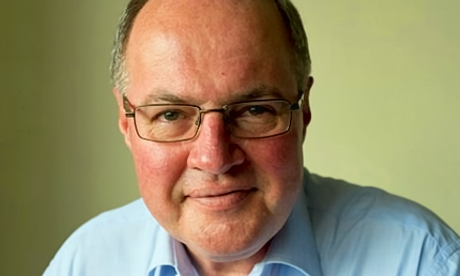This week we celebrate the first anniversary (13 March) of the election of Jorge Mario Bergoglio as Pope Francis. But it is next month that we will witness an event that says more about what to make of him and what to expect in his Pontificate.
In April, Pope Francis will beatify on the same day both Popes John Paul II and John XXII.
Each represents contrasting styles and records as Bishop of Rome: John XIII who convoked the Vatican Council and opened up the Church; John Paul II who stiffened and straightened the Church when some thought it was out of control.
From his opening words as Pope, Papa Francisco has cut a very different path to that of John Paul II and his immediate predecessor, Benedict XVI.
Pope Francis engaging, direct, simple and accessible approach has been quick to demonstrate a leadership style which is more inclusive.
And, along the way he has quietly but emphatically faced the Church in a fresh if not new direction.
But what a backlog of issues the Church has to face.
With two simple observations – one to journalists in the plane on the way from Brazil and the other in his long interview with the Jesuit magazines last year – he has personally managed to defuse sex and homosexuality as obsessive topics of Catholic focus.
50 years of issues
However, the Church has virtually 50 years of unaddressed issues and reforms that need to be addressed:
Clericalism, the restructuring of ministry and the ticket into the clerical culture at heart of so trouble for the Church – celibacy – which Pope Paul VI prevented the Vatican Council from considering;
The weak grasp of human biology reflected in the Church’s sexual ethics;
Centralism and careerism in Church administration;
The horrifying blight of sex abuse on the credibility of the Church on any moral issue;
The outdated nature of the church’s legal processes; And perhaps the biggest issue,
the exclusion of women from positions of decision making significance.
That’s where the inclusion of Pope John XXIII in the beatification ceremonies next month becomes the clear indication of the style and direction of his term as Bishop of Rome.
The canonisation of two popes
John XXIII cause for canonization had been languishing. Pope Francis dispensed with the usual process and simply declared, as he can, John XXIII to be worthy of beatification.
Fans and devotees of John Paul II had started the chant for his canonization at his funeral – “Santo Subito”.
Prominent among those leading the chorus were the now discredited Legionaries of Christ.
John Paul’s affectionate but irresponsible protection and negligent sponsorship of the Legionaries founder, Marcial Maciel, remains the black spot in his pontificate. But the beatification wheels were turning for John Paul II and it seemed difficult to derail the plans of John Paul’s cult members.
As all leaders know, managing change requires that the leader take the majority of the community, organization or nation along with him or her as the changes unfold.
Pope Francis has already indicated how he wants to address these and other tense issues in the life of the Church – with open discussion, inclusive participation in the conversation and a process that will reach conclusions.
That is why he called the Extraordinary Synod on what all pastors in many countries know is a matter of acute pastoral tension – serving and including the divorced and remarried in the Church community.
Pope Francis, learning from his mistakes
As Jesuit Provincial in the 1970s, he was widely seen as a self willed and domineering figure.
Divided as the Jesuits in Argentina were, he did little more than antagonize many with his style.
But he has learnt from that failure.
At the heart of Jesuit governance is the good working relationship and openness needed between the leader and his subjects.
After failing as Provincial, Jorge Mario Bergoglio had another opportunity to learn how to govern when he became Archbishop of Buenos Aires.
There, his approach was to be decisive only after extensive and inclusive engagement and consultation with those involved in or affected by the decision.
Such processes mean change will only come slowly.
But to govern effectively, Pope Francis needs to govern inclusively, as reflected symbolically in this joint beatification next month.
Why is Pope Francis twinning the two popes?
He is defusing tensions while at the same firmly leading in a positive direction – defuse the cultists by beatifying John Paul II yet underlining what Pope Francis really wants: a return to the spirit of Vatican II as the animating spirit of the Church.
That’s why John XXIII got fast–tracked.
Faction ridden as the Vatican in particular and Church in general really are, Francis has to take with him as many as he can from all factions as he helps the Church face the reality of its challenges and respond constructively.
The documented turning point of his life after failure as Jesuit Provincial occurred before a picture in a German church of Our Lady, The One Who Unties Knots.
To do what he plainly wants to do, Our Lady will have to be working overtime.
– Fr Michael Kelly is executive director of UCANews. Used with permission.
Additional readingNews category: Analysis and Comment.




